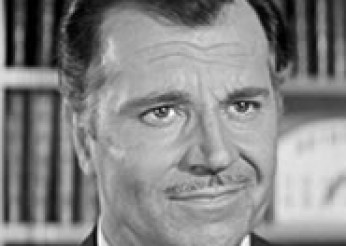Despite the realism of the film image, its visual attractiveness and almost choreographed change of the relationship between the camera and the protagonist led to the stylization that lifted the depicted scene to a practically mythical level
Although the Berlin Film Festival commemorated the death of the prominent Hungarian filmmaker Miklós Jancsó, who died aged ninety-three, even that did not give incentive to our media to at least mark the departure of a director who at the time of the domination of the concept of authorial cinema of the sixties and early seventies was one of the most respected not only Hungarian but also European directors. His masterpiece The Round-up (1965) brought him international acclaim, set in the brutal aftermath of the Hungarian revolution of 1848/9, and he achieved success with his films Stars on their Caps (1967), about the Hungarian troops in Russia during the October Revolution, Silence and Cry (1968) and Lamb of God (1970) on terror after the fall of short-lived Hungarian Soviet Republic in 1919, and especially about the cruelty against the rebelling peasants at the end of the nineteenth century in the Red Psalm (1972), which brought him the award for Best Director at Cannes, probably the most important one of his many awards. In this certainly most important part of his work, he was more interested in the suffering of the masses, rather than individual tragedies, due to shameless atrocities by those in power. Although the plot of the film took place during significant historical events, the viewers in Hungary at the time, and in other socialist countries, undoubtedly recognized the mechanisms of their current governments, and there was no lack in association to the then recently suppressed Hungarian Revolution of 1956. But even more significant was the original style of long-take shots - the sequences where the camera constantly moves and changes the frame of film images from total to close-ups. That is why despite the realism of the film image, its visual attractiveness and almost choreographed change of the relationship between the camera and the protagonist led to the stylization that lifted the depicted scene to a practically mythical level.
One might see it as such distant past that and it is no wonder that today\'s Croatian editors did not recognize Jancsó\'s significance, but he also made thirty films that admittedly did not reach the remarkable achievements of the aforementioned masterpieces, although some of them came close - like Hungarian Rhapsodies (1978) and Allegro Barbaro (1979). In addition, Jancsó successfully tempted different approaches, so Jesus Christ\'s Horoscope (1988) is an extremely radical and very original experiment, and The Lord\'s Lantern in Budapest (1999) is a superb art film. It is interesting that in the eighties he kept his working enthusiasm, and directed five feature films So Much For Justice! (2009) where he wittingly toyed with some national myths or common everyday actions and common areas, sometimes making fun at the expense of his own stylistic choices which put him on a pedestal he didn\'t particularly enjoy. He always tried to escape from that pedestal into making a new film, which was obviously his way of life. So after his ninetieth birthday he was one of the eight directors to work on the omnibus Hungary 2011 (2012) produced by Béla Tarr. The film represented a response to the challenge of the current right-wing Hungarian regime and its increasing restrictions in the area of culture and film. (Tomislav Kurelec)
